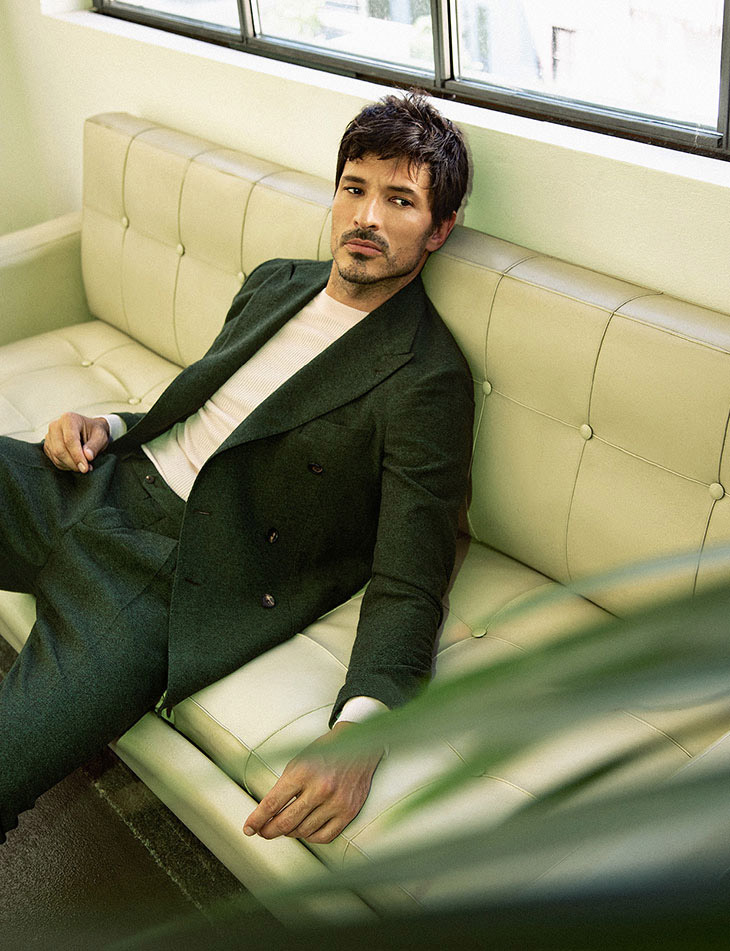
Mixing the business and casual styles in clothing usually means different things for both men and women. Men are generally less flamboyant about their dressing styles but like to keep it neutral, whereas women are naturally attracted towards slightly brighter shades.
Smart casual business dressing allows men to express themselves in comfortable clothing while making it look stylish.
What Is Business Casual Dressing For Men?
Business casual dressing is the most misunderstood form of style. Most men only consider business casuals to be a ban on denim or jeans. While this is true, and you should not wear jeans to work, it is not restricted only to this point.
Business casual is the art of dressing down from a suit and a tie, not dressing up from a T-shirt and jeans. What you should remember at all times is that mixing up business and casual styles do not mean your look should be wholly casual. It should be smart formals, yet comfortable. Most men get confused with this point.
Let us break it down further. Casual wear is what you would wear for a weekend barbecue, for a night out with friends, or when you go to your favourite drinking spot. These points are not restricted only to clothing. They are also crucial for footwear and accessories.
Critical Elements Of Business Casuals
There are a few basic rules you should remember when mixing up business and casual styles of clothing.
- Business casuals should have some formal pieces of clothing—a shirt or a pair of trousers, some proper shoes, and so on. You are not expected to wear a suit and a tie, but you should remember that the purpose is still work-related. Olymp clothes have some great business casual shirts with collars that would go well with black, blue, or beige pants.
- Your clothing should always be wrinkle-free, clean, and ironed. Consider your mix up of clothes to be the same as formal attire, which would need these exact requirements. You should also consider shirts instead of T-shirts, and should have well-pressed collars.
- The business casuals should not fall off your frame or be too tight. They should fit properly, without any strain on your back or around the waist. A sloppy dressing style could seriously affect your career and the positive impression you want to make on your business partners, colleagues, or employers.
- When mixing business and casual styles, avoid overly bright, flashy colours. Instead, stick to neutral shades like tan, beige, white, grey, black, brown, and navy. These colours are also versatile enough to be worn for long durations and can be used as wholly formal.
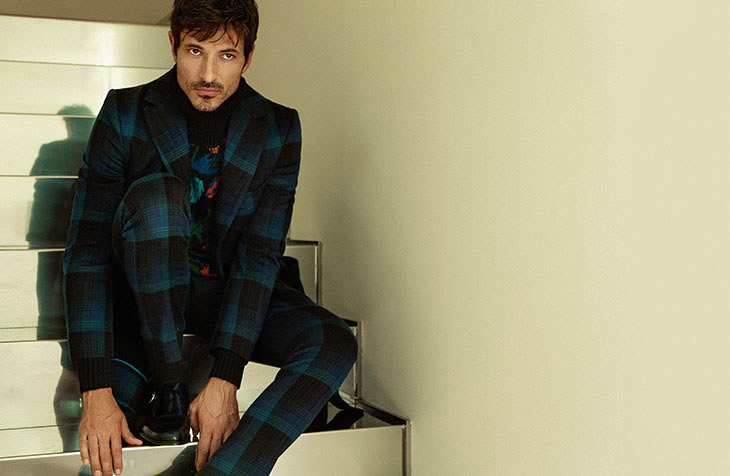
Business Casuals: What To Wear?
Let’s come to the most critical part. What to wear?
Wear This:
- Sweaters, cardigans, dress shirts, tailored jackets
- Muted ties without flashy prints
- Dress pants, chinos
- Dress shoes, formal shoes, watches, or pocket squares
- Well-fitting clothes that flatter your frame and body type
- Dress down from wholly formal clothes
- Carry yourself with a professional air. Wearing business casuals does not mean you are not attending a formal event or meeting.
- Check what other colleagues are planning to wear. You do not want to stick out like a sore thumb.
Not This:
- Don’t wear jeans, sneaker, and T-shirts
- Don’t wear a suit (it’s not business and casual style)
- Don’t wear flashy colours and prints
- Avoid neon’s and bright colours
- Don’t wear sandals, flip flops, or slippers
- Don’t wear stripes with checks or polka dot patterns
Business Casuals: When To Wear?
Now that you know how to mix and match your clothing to get a sense of business and casual let’s look at some instances where you should and should not wear this style.
Wear Business Casuals:
- At in-house meetings
- Team meetings
- Team building activities and events
- Office parties and functions that are not black tie
Do Not Wear Business Casuals:
- At important meetings with top executives
- At meetings with clients and key stakeholders
- When meeting with the press or at company events that are covered by the media (even online via video)
- To interviews (unless the company dress code is casual and this has been conveyed to you earlier)
The business casual look usually covers a wide range of situations where you can experiment. However, it is best to overdress instead of under-dress agreed Suitable Shop If you are dressed formally, it will not look bad. But if you are dressed too casually, it may affect how others think of you, which may jeopardize your career prospects. Employers like to work with people who take their jobs seriously and dress confidently.


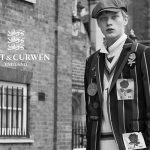
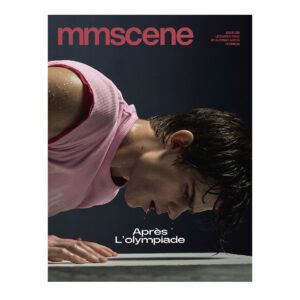
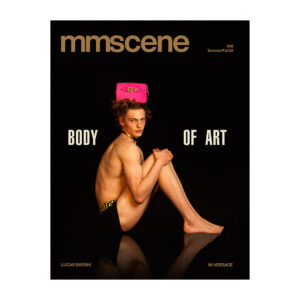
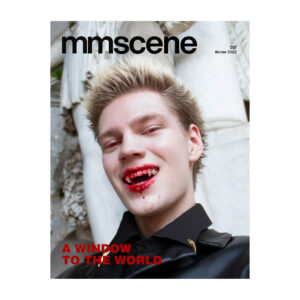
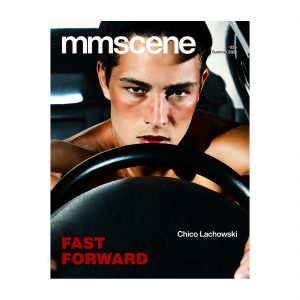
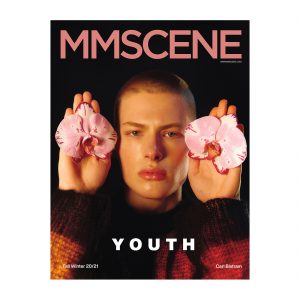
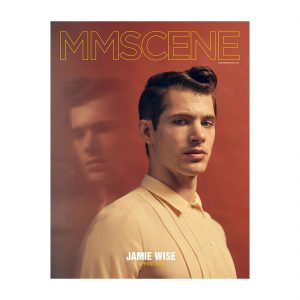
2 Comments
2 Pings & Trackbacks
Pingback:How To Still Look Luxurious While Wearing Casual Clothes
Pingback:Why Men’s Underwear Matters - MMSCENE